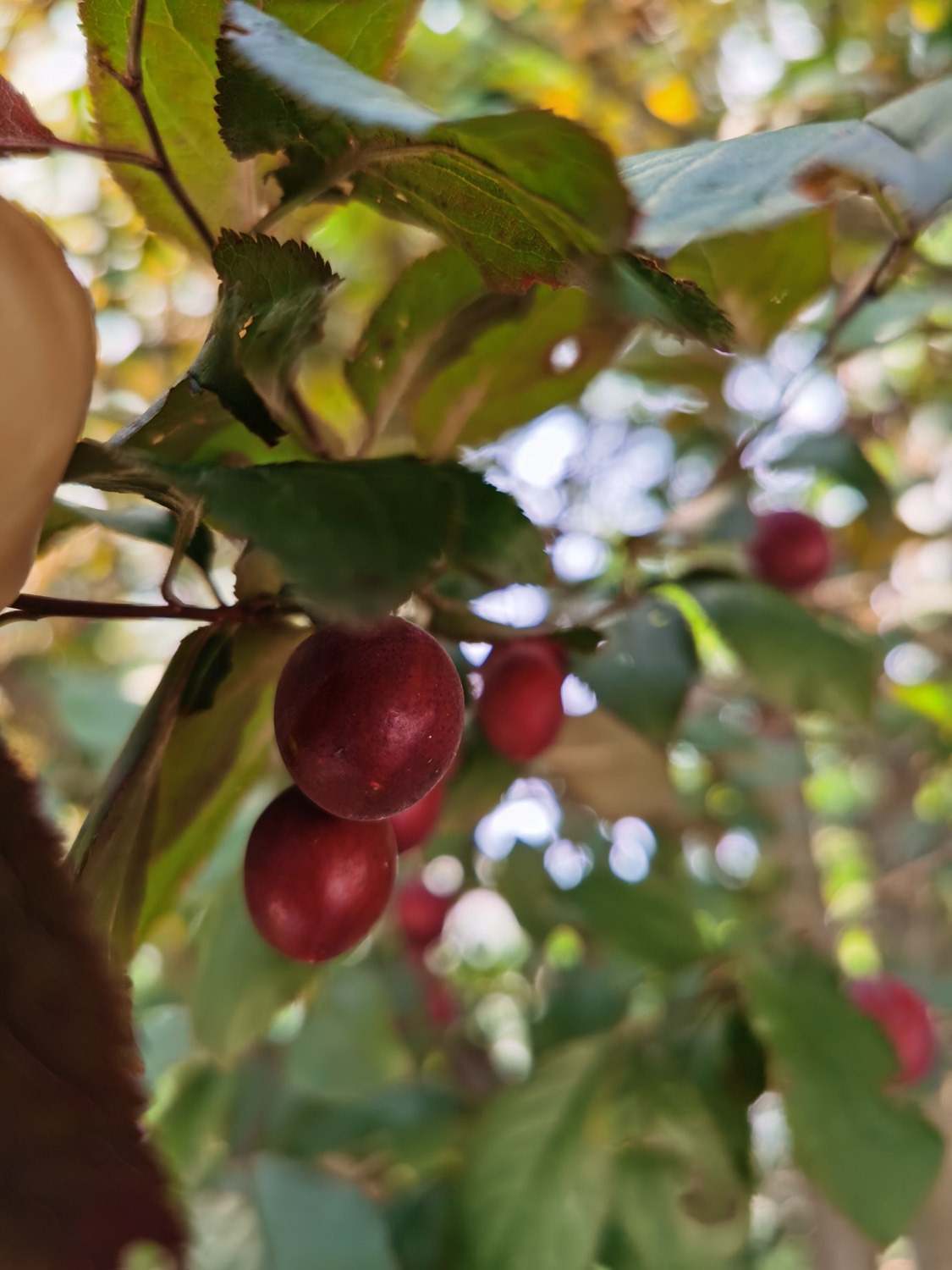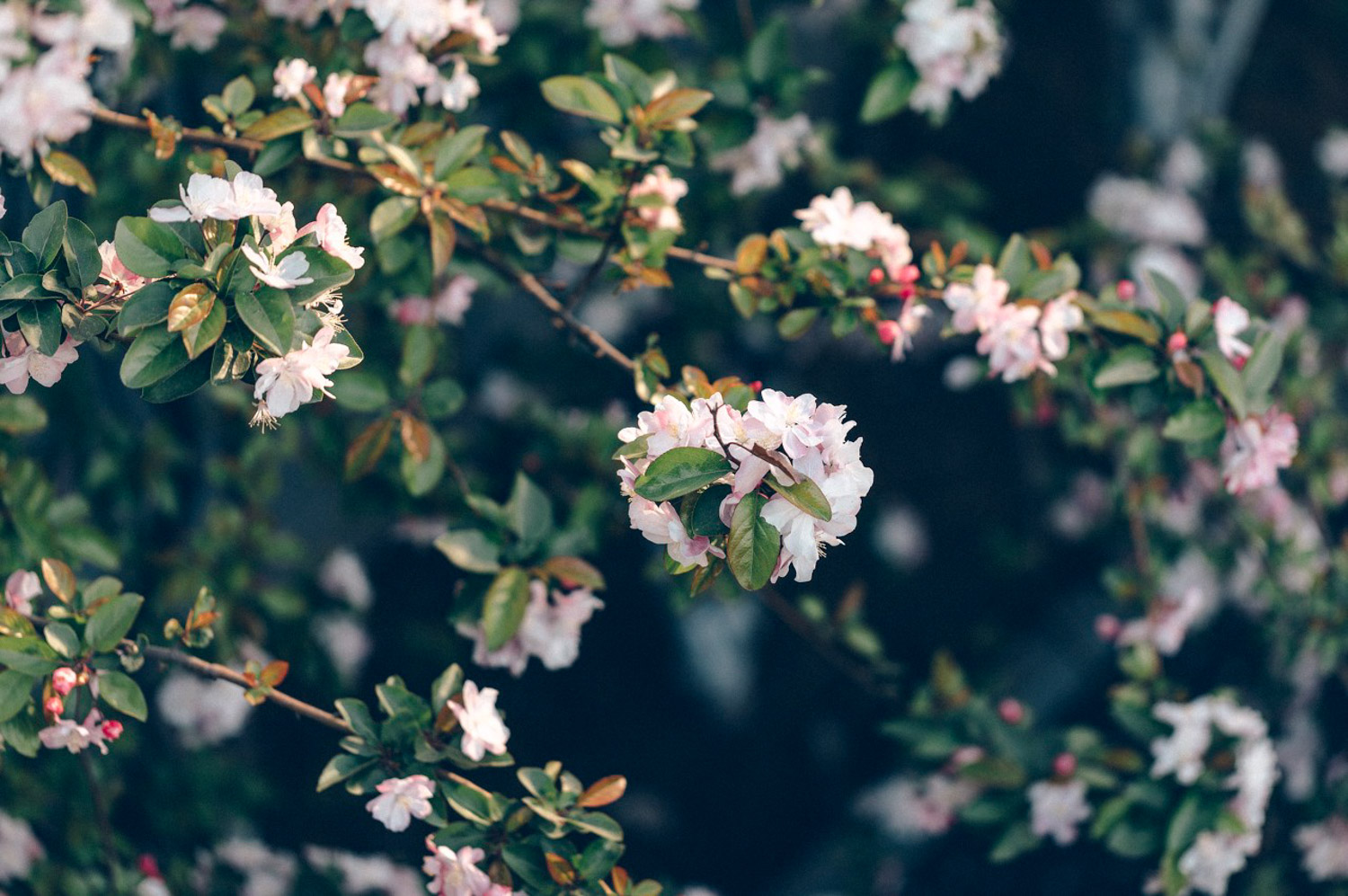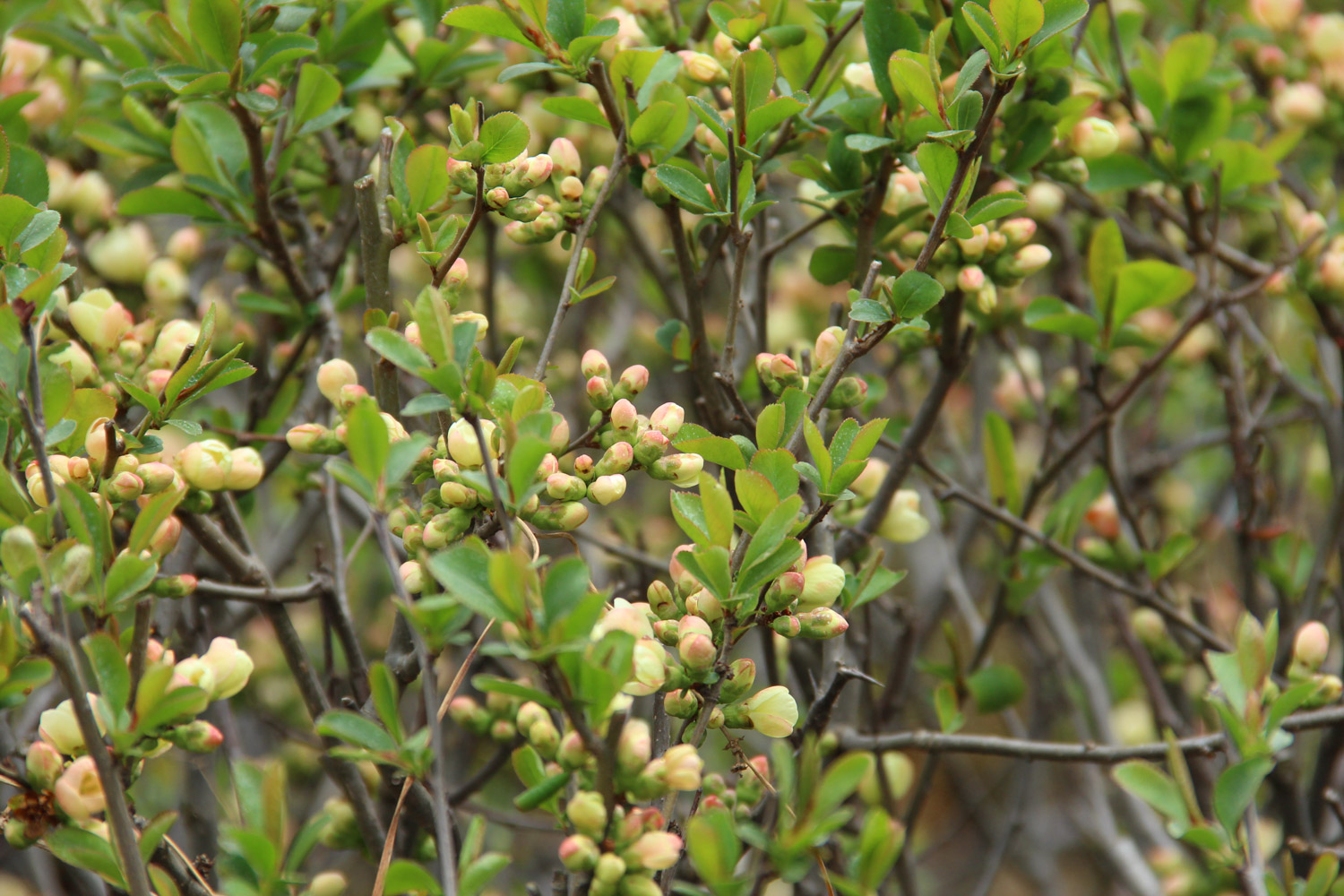1、 Soil
Begonia prefer alkaline soil with pH no less than 7. In addition, it also requires loose soil and sufficient nutrient content. Some river sand can be mixed into rotten leaf soil to prepare its culture soil
2、 Illumination
Begonias like light but not shade, so they need to be raised in a place with sufficient light. In addition to the need for shade when the light is too strong in summer, sufficient light is needed at all other times

3、 Moisture
When watering Begonia, you should see dry and wet, that is, when the basin soil is not completely dry, you don't need to water it. Wait until it is completely dry, and then water it thoroughly until there is water flowing out of the bottom hole. In addition, if it's rainy, it's best not to water, and the accumulated water in the basin should be drained in time
4、 Fertilization
In early spring, we should apply some organic fertilizer to Begonia to supply it with nutrients; Apply organic fertilizer in autumn and phosphorus and potassium fertilizer after flowering; Stop fertilizing when it gets cold in winter. You can choose some special fertilizer for Begonia

5、 Precautions
1. Timely drainage. Drain the ponding in time after watering, otherwise it will rot the roots of Begonia flowers. The accumulated water can be drained by raising the flowerpot or placing it in a ventilated place
2. Pay attention to ventilation. When raising Begonia, we should pay attention to timely ventilation. We can't keep it in a too closed environment, otherwise it will be difficult for it to grow normally


 jackfruit
jackfruit snake plant
snake plant hibiscus
hibiscus hydrangea
hydrangea lavender
lavender Green roses climb al...
Green roses climb al... If you don't pay att...
If you don't pay att... Management of four g...
Management of four g...
































